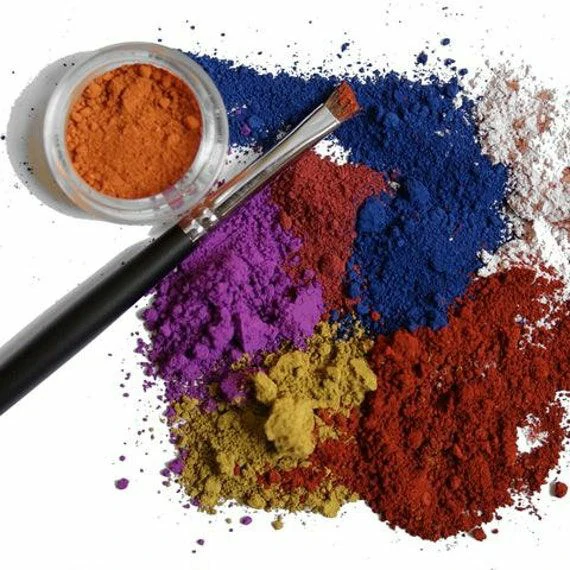Metal cladding has become an increasingly popular choice for protecting and enhancing the appearance of structures. This versatile technique involves applying a layer of metal to the exterior of a building, providing both aesthetic appeal and practical benefits. In this article, we will explore the advantages of metal cladding, the different types of metals used, and the various methods employed in the cladding process.
Advantages of Metal Cladding
Metal cladding offers numerous advantages for protecting and beautifying structures. Firstly, it provides a durable and weather-resistant layer that shields the underlying structure from the elements. Metal cladding can effectively protect against corrosion, UV radiation, and extreme temperatures, extending the lifespan of the building. Additionally, metal cladding enhances the structural integrity of the building, offering increased resistance to impact and structural damage.
Furthermore, metal cladding is an excellent way to improve the aesthetic appeal of a structure. It allows for a wide range of design possibilities, offering architects and designers the freedom to create visually stunning facades. Whether sleek and modern or traditional and rustic, metal cladding can be tailored to suit the specific style and character of the building.
Types of Metals Used in Cladding
A variety of metals can be used for cladding, each with its unique properties and visual appeal. Aluminum, stainless steel, copper, and zinc are among the most commonly utilized metals in cladding applications.
Aluminum: Known for its lightweight nature and corrosion resistance, aluminum is a popular choice for metal cladding. Its versatility allows for various finishing options, including anodizing, powder coating, and natural patina.
Stainless Steel: Renowned for its strength, durability, and low maintenance requirements, stainless steel is often used in high-traffic areas where resilience and longevity are paramount. It offers a sleek, modern aesthetic and can be finished with a range of textures and patterns.
Copper: Widely admired for its striking appearance and natural aging process, copper cladding adds a touch of elegance to any structure. Over time, copper develops a unique patina, further enhancing its visual appeal.
Zinc: With its malleability and self-healing properties, zinc is an excellent choice for complex facades and curved surfaces. Zinc cladding can be installed in various shapes and configurations, offering a distinctive and contemporary look.
Methods of Metal Cladding
The process of metal cladding involves several methods, each suited to different project requirements and design objectives. The most common methods include:
Standing Seam Cladding: This method involves attaching long metal panels to the building’s structure with raised seams that interlock to provide a continuous, watertight surface. Standing seam cladding offers a clean, modern look and is particularly popular in contemporary architecture.
Rainscreen Cladding: Rainscreen systems consist of an outer panel, a ventilated cavity, and an inner weather barrier. This approach allows for effective moisture management and thermal insulation while providing a visually appealing facade.
Composite Cladding: Composite cladding combines two or more materials, such as metal and wood, to achieve a desired aesthetic and functional outcome. This method offers versatility in design and can cater to a wide range of architectural styles.
Reynobond Cladding: Reynobond is a brand name for a type of composite cladding that consists of two pre-painted aluminum sheets bonded to a solid polyethylene core. This lightweight yet durable material is widely used for its versatility and ease of installation.
Sustainable Considerations
In addition to its protective and aesthetic qualities, metal cladding also presents sustainable advantages. Many metal cladding materials are recyclable, contributing to a more environmentally friendly construction industry. Furthermore, the durability and longevity of metal cladding reduce the need for frequent maintenance and replacement, resulting in decreased material consumption over time.
Moreover, the thermal performance of metal cladding can contribute to energy efficiency in buildings. By providing effective insulation and thermal regulation, metal cladding can contribute to reduced heating and cooling costs, ultimately reducing the environmental impact of the structure.
Metal cladding provides a myriad of benefits, from protection against the elements to enhancing the visual appeal of buildings. With a diverse range of metal options and cladding methods available, architects and designers have the flexibility to create unique and striking facades for a wide range of structures. By considering the sustainable advantages of metal cladding alongside its practical and aesthetic benefits, it becomes clear that metal cladding is a valuable asset in modern construction and architectural design.
Advantages of graphite anode for lithium-ion battery
.webp)
